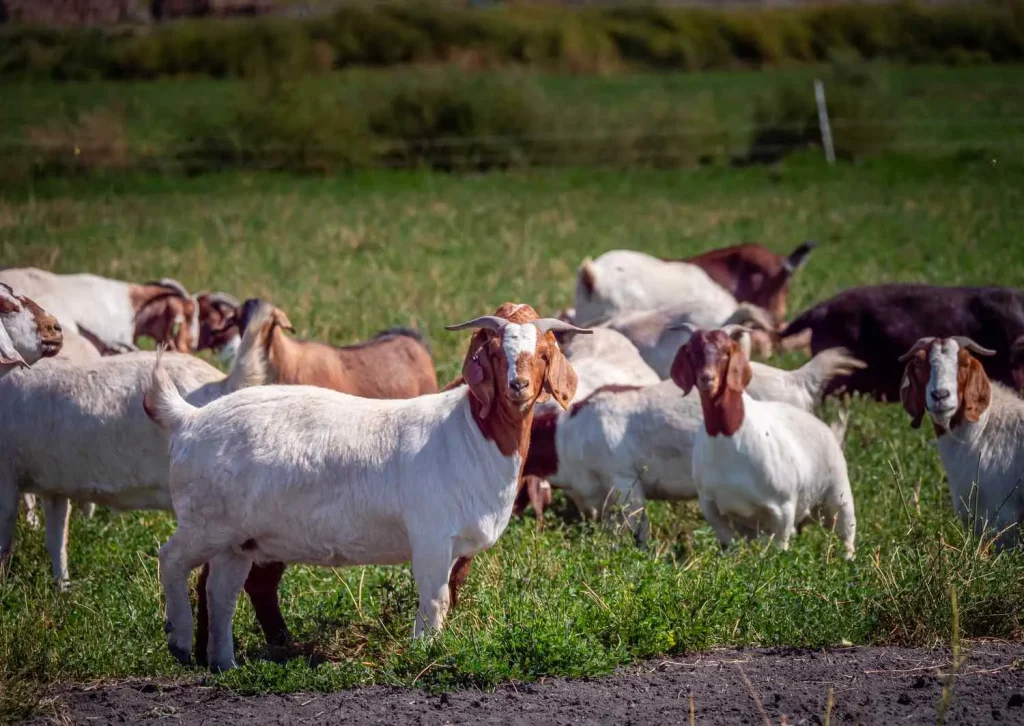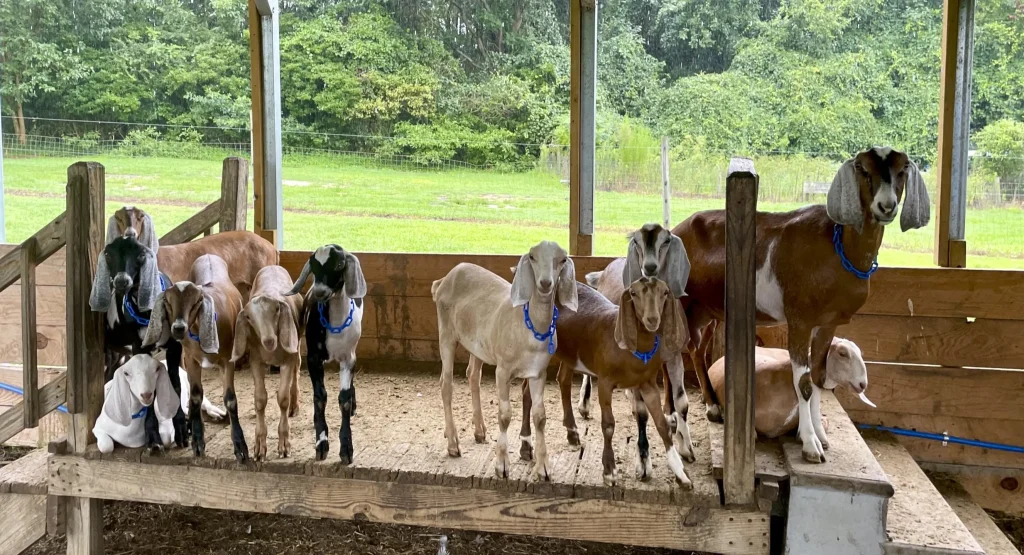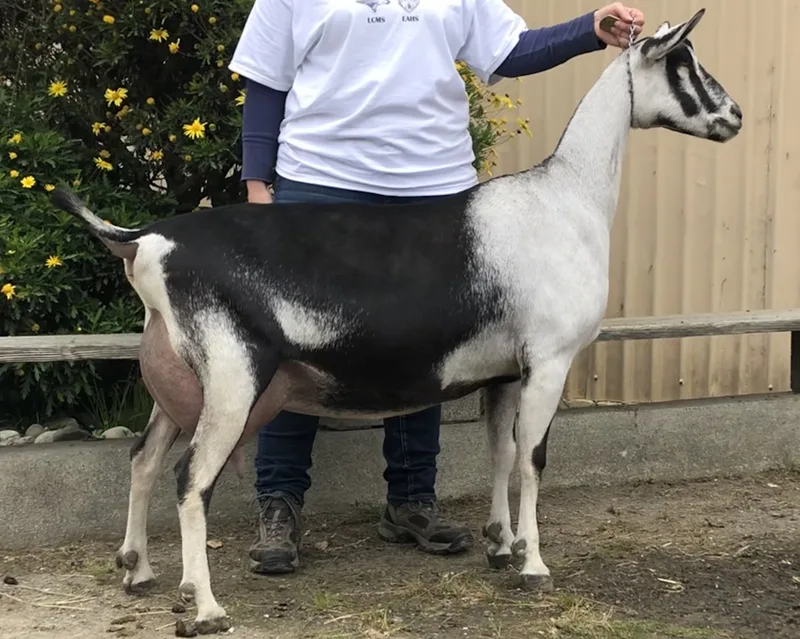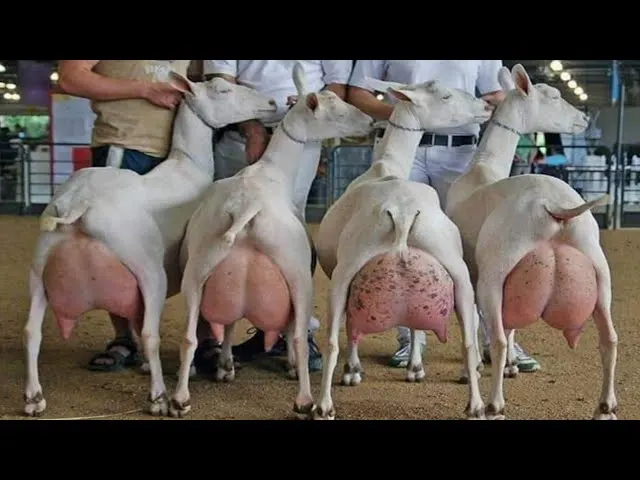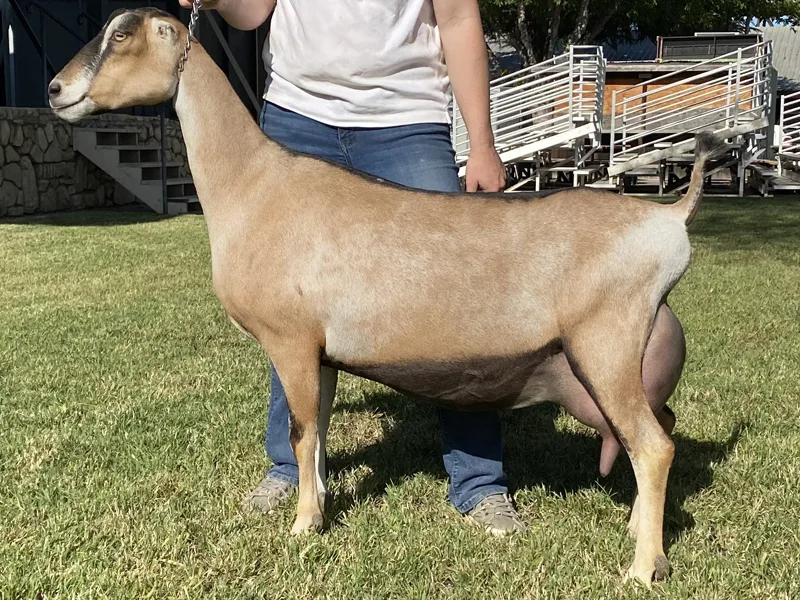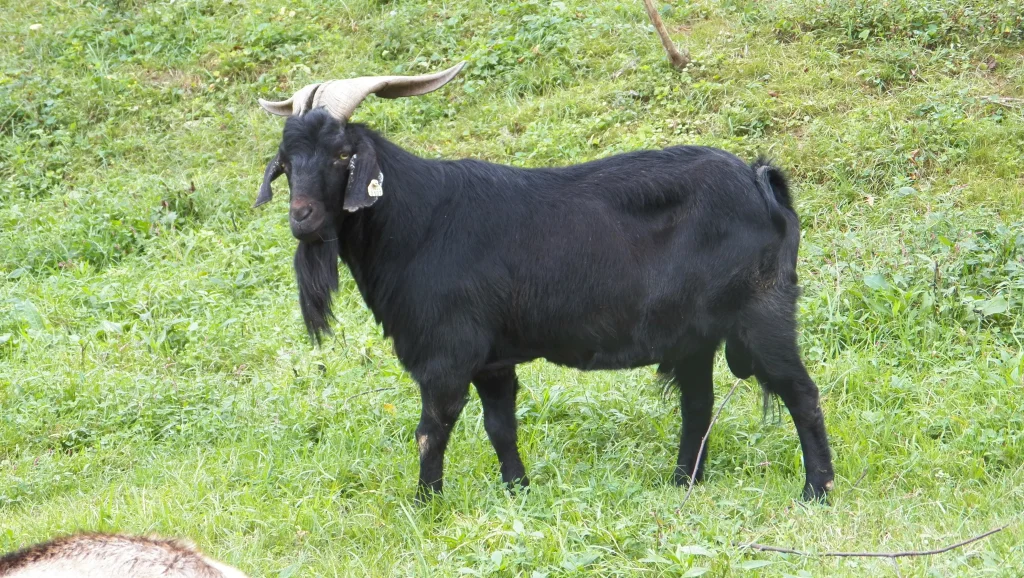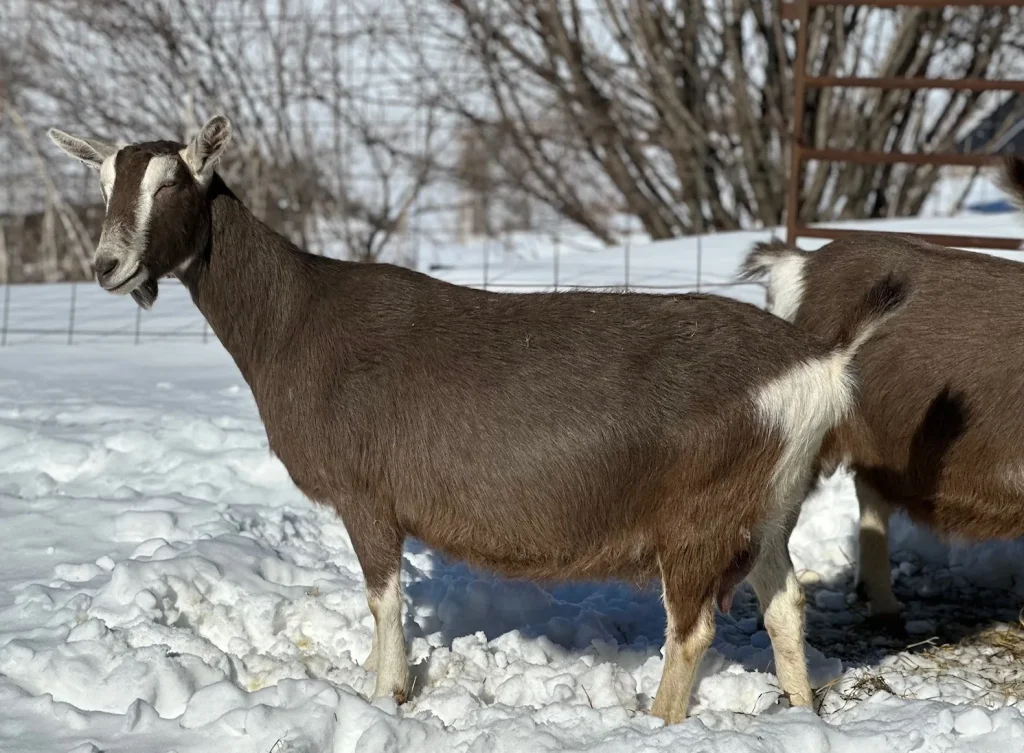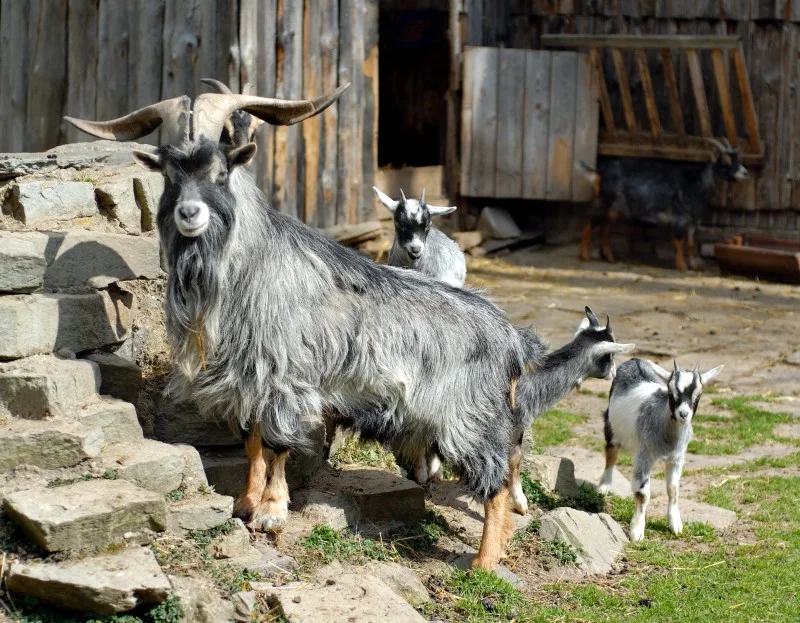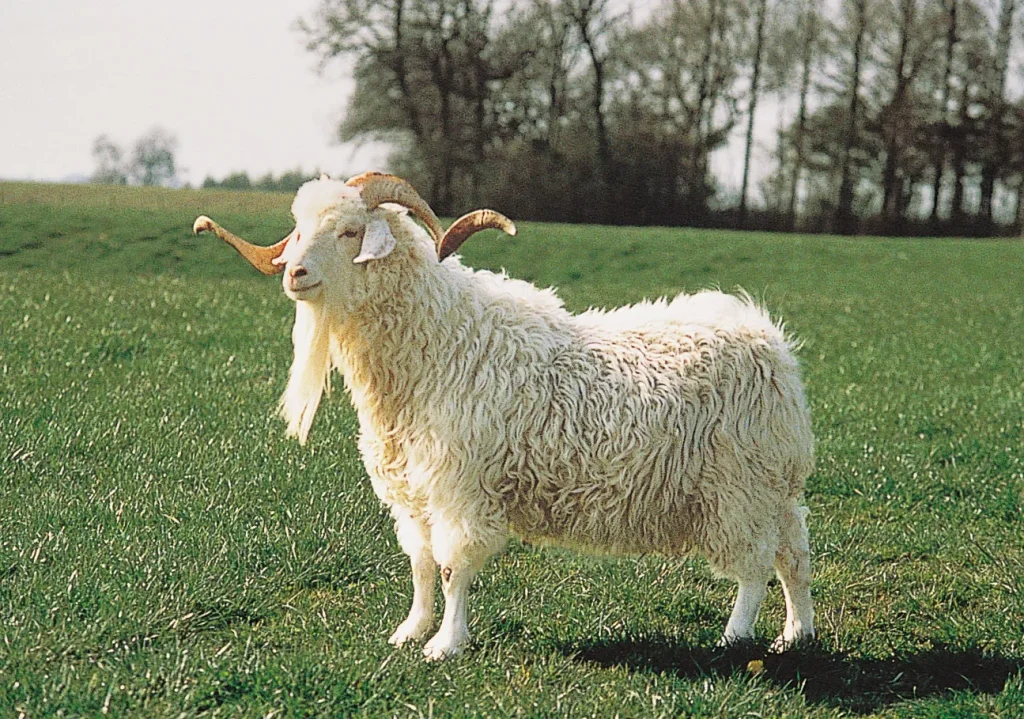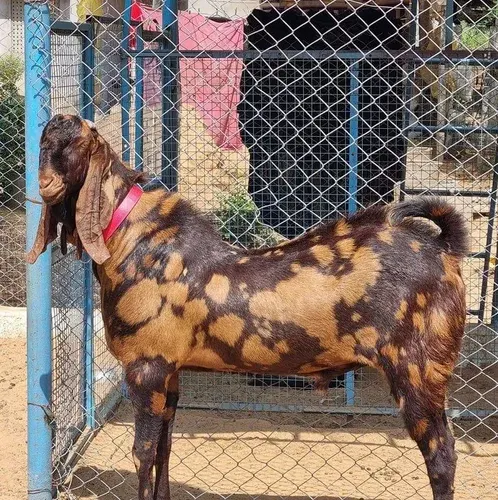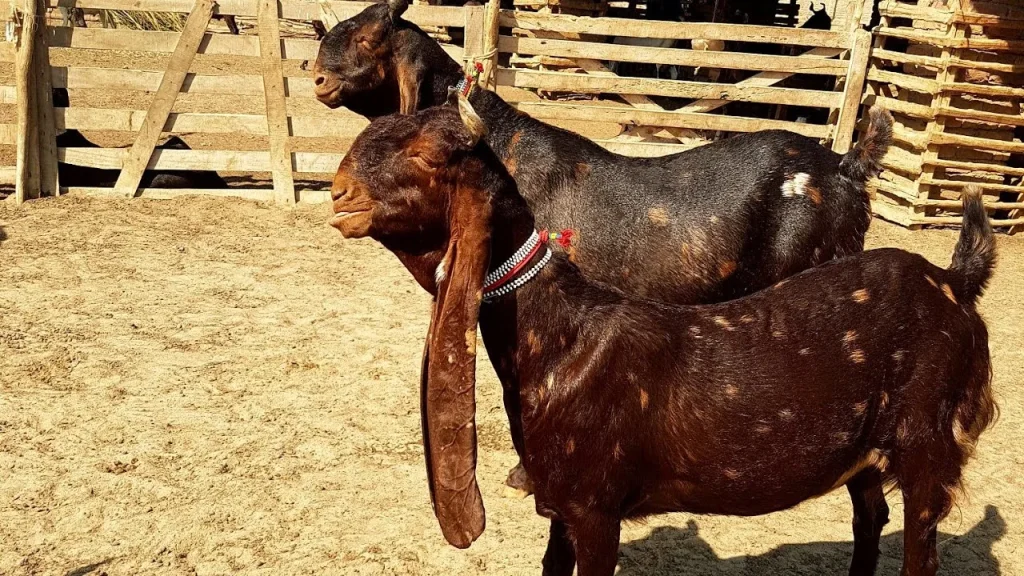🐐 Boer Goat – The Powerhouse of Meat Goat Breeds
🌟 Introduction
The Boer Goat is one of the most popular and sought-after goat breeds in the world, especially renowned for its exceptional meat quality. Originally from South Africa, this breed has become a global icon in the goat farming industry. Known for its rapid weight gain, muscular build, and gentle temperament, the Boer Goat is ideal for both small-scale and commercial meat production.
📜 History and Origin
The Boer Goat was developed in the early 1900s in South Africa by crossbreeding native goats with imported European breeds. The goal was to create a breed that could thrive in harsh climates, grow quickly, and provide high-quality meat. The result was a sturdy, fast-growing goat that revolutionized meat goat farming.
Due to its outstanding traits, the Boer Goat quickly spread beyond South Africa and is now a dominant breed in the USA, Australia, Asia, and many other parts of the world.
🧬 Physical Characteristics
Boer Goats are large, strong, and muscular. They have a white body with a distinctive brown or reddish head and long, pendulous ears. Some may have patches or spots, but the classic white and red coloring is most common.
– Males (bucks) can weigh up to 300 lbs (135 kg)
– Females (does) typically weigh around 200 lbs (90 kg)
– Broad chests, short legs, and strong bones
Their size and build make them one of the best choices for meat production, offering a high yield of quality meat.
🧠 Temperament and Behavior
Boer Goats are known for their calm and friendly nature. They adapt well to different environments and are easy to manage, even for novice goat keepers. Their docile temperament makes them less likely to fight or injure each other, which is ideal in large herds.
They are also good mothers and show strong maternal instincts, which contributes to healthy kid survival rates.
🌱 Feeding and Nutrition
Proper nutrition is key to maximizing the growth potential of Boer Goats. They are browsers and enjoy eating leaves, shrubs, and weeds. However, for best results, their diet should include:
– High-protein grains (corn, soybean meal)
– Hay or green fodder
– Mineral supplements (calcium, phosphorus, salt blocks)
– Clean, fresh water at all times
Some commercial farmers use specialized feed formulas to ensure rapid weight gain, especially for market-ready goats.
🏞️ Housing and Environment
Boer Goats are adaptable and can live in various climates, but proper shelter is essential for their health and productivity.
– Provide dry, clean, and well-ventilated shelters
– Protect them from extreme cold or wet weather
– Ensure ample space to roam and graze
A clean and dry environment helps prevent diseases such as foot rot and pneumonia.
🛡️ Health and Disease Prevention
While Boer Goats are hardy, regular health care ensures they remain in top condition:
– Vaccinate against common diseases (e.g., enterotoxemia, tetanus)
– Deworm regularly to prevent parasite infestations
– Trim hooves every 4-6 weeks
– Monitor for signs of illness such as loss of appetite, coughing, or lameness
Working with a local veterinarian can help set up a proper health management schedule.
📈 Reproduction and Breeding
Boer Goats have a high fertility rate and can produce twins or triplets. Breeding can start as early as 6-8 months in females, but it’s best to wait until they are at least 12 months old.
– Gestation period: 150 days
– Average kids per birth: 2-3
– Strong maternal behavior and milk production
Selective breeding is common to improve meat yield, health, and appearance.
💰 Economic Value
The Boer Goat is considered one of the most profitable breeds for meat production. Their rapid growth and high meat-to-bone ratio make them ideal for commercial farming. Boer goats often fetch premium prices in livestock markets, especially during festivals and special occasions.
They are also in demand for breeding programs, exhibitions, and crossbreeding with local goat breeds to improve performance.
🎯 Why Choose Boer Goats?
- Exceptional meat yield
- Fast growth rate and early maturity
- Adaptable to various climates and conditions
- Gentle temperament – easy to manage
- High demand in global and local markets
❓ Frequently Asked Questions
Q1: Are Boer Goats good for beginners?
A: Yes, their docile nature and ease of management make them suitable for new farmers.
Q2: How fast do Boer Goats grow?
A: With proper nutrition, kids can reach market weight within 5–6 months.
Q3: Can Boer Goats be raised for milk?
A: While they produce milk, they are not efficient dairy goats. They’re best suited for meat production.
Q4: Do they require special care?
A: Basic health management, clean shelter, and good nutrition are sufficient. They’re relatively low-maintenance.
Q5: Are Boer Goats profitable?
A: Absolutely. Their high market value and fast growth make them a profitable choice for meat goat farming.
✅ Conclusion
The Boer Goat is an excellent investment for anyone looking to venture into meat goat farming. Its fast growth, high meat yield, and adaptable nature make it a favorite worldwide. Whether you’re a seasoned farmer or a beginner, raising Boer Goats can offer both satisfaction and profit.
